Overview of Little League Shoulder
Little League Shoulder‚ or proximal humeral epiphysiolysis‚ is a common overuse injury in young athletes‚ particularly baseball players‚ affecting the growth plate near the shoulder joint.
Definition and Prevalence
Little League Shoulder‚ or proximal humeral epiphysiolysis‚ is an overuse injury affecting the growth plate of the upper arm bone in young athletes. It primarily occurs in adolescent baseball pitchers aged 11-16 but can also affect other overhead athletes‚ such as tennis or volleyball players. The condition accounts for approximately 10% of pediatric shoulder pain cases‚ with prevalence highest in sports requiring repetitive throwing motions. Early diagnosis is crucial to prevent long-term complications and ensure proper recovery.
Target Population and Risk Factors
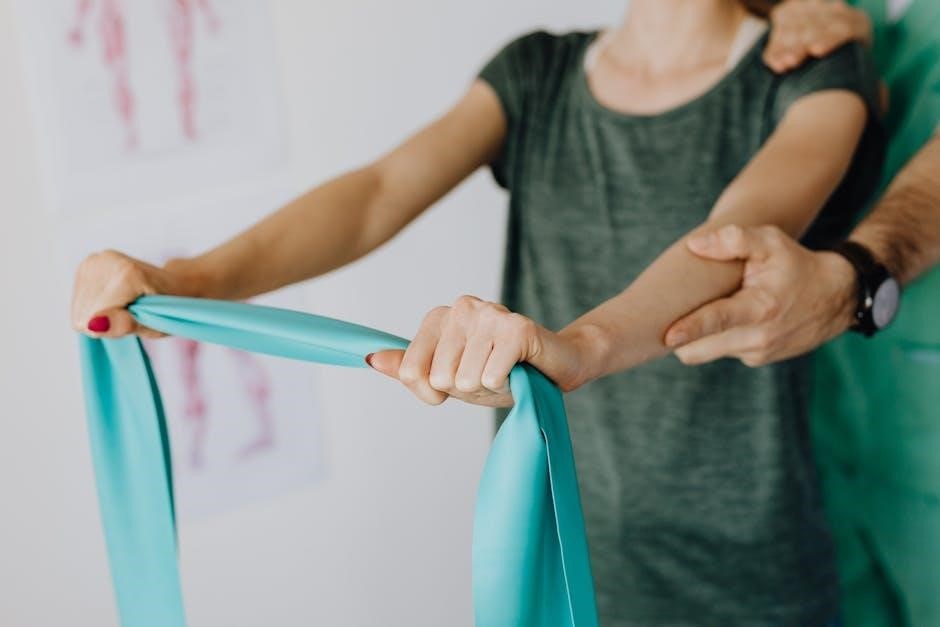
Little League Shoulder primarily affects young athletes‚ particularly baseball pitchers aged 11-16‚ due to repetitive overhead throwing. Other overhead sports like tennis‚ volleyball‚ and swimming also pose risks. Risk factors include excessive pitching‚ poor throwing mechanics‚ and inadequate rest periods. Athletes with open growth plates are most vulnerable‚ as the growth plate near the shoulder is prone to stress fractures from overuse. Over 90% of cases are linked to overuse‚ with recurrence rates around 19%‚ highlighting the need for preventive measures and proper rehabilitation protocols.
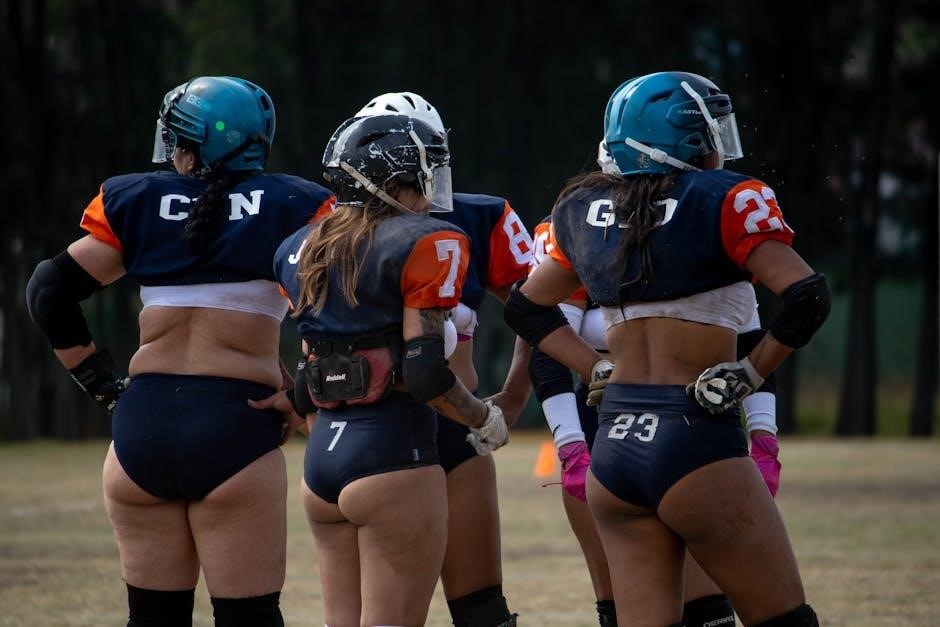
Cause and Pathophysiology
Little League Shoulder is caused by repetitive throwing‚ leading to overuse stress on the proximal humeral physis‚ resulting in microtraumas and potential growth plate widening.
Overuse Mechanisms in Throwing Sports
Repetitive pitching and throwing motions generate high rotational torque‚ stressing the proximal humeral physis. This leads to microtrauma and potential growth plate widening. Poor mechanics‚ excessive pitch counts‚ and inadequate rest exacerbate the risk‚ particularly in young athletes with open growth plates. The overhand throwing motion subjects the shoulder to extreme positions‚ making the growth plate vulnerable to injury. Proper technique and workload management are critical to preventing these overuse mechanisms.
Biomechanical Factors in Injury Development
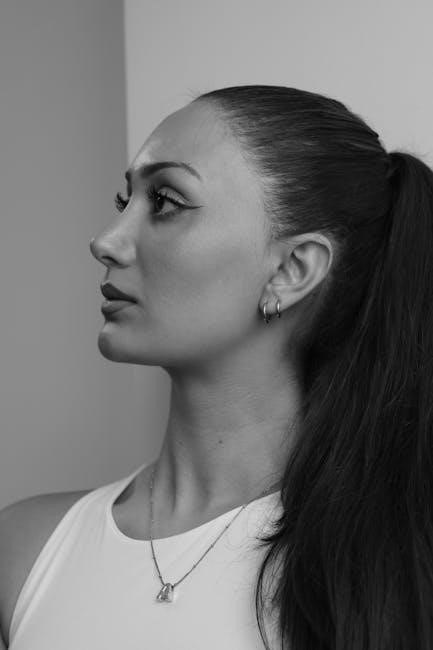
Biomechanical factors such as poor pitching mechanics and repetitive stress contribute to Little League Shoulder. The proximal humeral physis is subjected to high torque during throwing‚ leading to microtrauma. Factors like forearm climb and flying open increase shoulder stress. Additionally‚ the growth plates’ soft cartilage in young athletes makes them more susceptible to injury compared to adults‚ whose bones are harder and more resistant to stress‚ often resulting in soft tissue injuries instead. These biomechanical issues are key in injury development.
Diagnosis and Clinical Presentation
Little League Shoulder is diagnosed through symptoms like throwing-related pain and tenderness over the proximal humerus. X-rays confirm growth plate widening‚ a key diagnostic feature.
Symptoms and Physical Examination Findings
Symptoms of Little League Shoulder include throwing-related pain‚ tenderness over the proximal humerus‚ and pain with overhead activities. Physical exams reveal limited internal rotation and abduction‚ reduced strength‚ and pain during specific shoulder tests. Swelling may be absent‚ but palpation over the growth plate often elicits discomfort. Clinical findings may mimic stress fractures or Salter-Harris injuries‚ necessitating thorough assessment to confirm the diagnosis and rule out other conditions.
Imaging and Diagnostic Criteria
Diagnosis of Little League Shoulder often involves X-rays showing widening of the proximal humeral growth plate‚ seen in 99% of cases. Imaging helps confirm the injury and rule out fractures or other growth plate issues like Salter-Harris fractures. While MRIs or CT scans may provide further detail‚ X-rays are typically sufficient for diagnosis. The widened growth plate is a hallmark feature‚ distinguishing it from other shoulder conditions in young athletes.
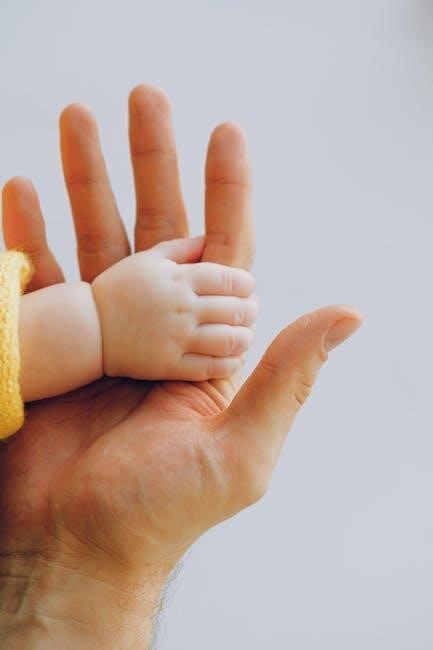
Rehabilitation Protocol
Rehabilitation for Little League Shoulder follows a three-phase approach: pain management‚ strengthening‚ and sport-specific drills‚ aiming to restore function and prevent recurrence through gradual progression.
Early Phase: Pain Management and Rest
The early phase focuses on reducing pain and inflammation through rest and ice. Athletes must avoid throwing for 4-12 weeks‚ allowing the growth plate to heal. During this period‚ non-painful activities like batting or base running are permitted. Physical therapy may begin with gentle exercises to maintain shoulder mobility and strength without aggravating the injury. This phase is crucial for preventing further damage and laying the foundation for recovery.
Intermediate Phase: Strengthening and Mobility
The intermediate phase introduces low-intensity exercises to improve shoulder strength and mobility. Athletes perform exercises targeting shoulder stabilizers and scapular muscles. Gentle resistance bands and light weights are used to enhance strength without causing pain; This phase also focuses on restoring normal range of motion and gradually reintroducing overhead movements. The goal is to build a stable foundation for more dynamic activities in later stages while minimizing the risk of re-injury.
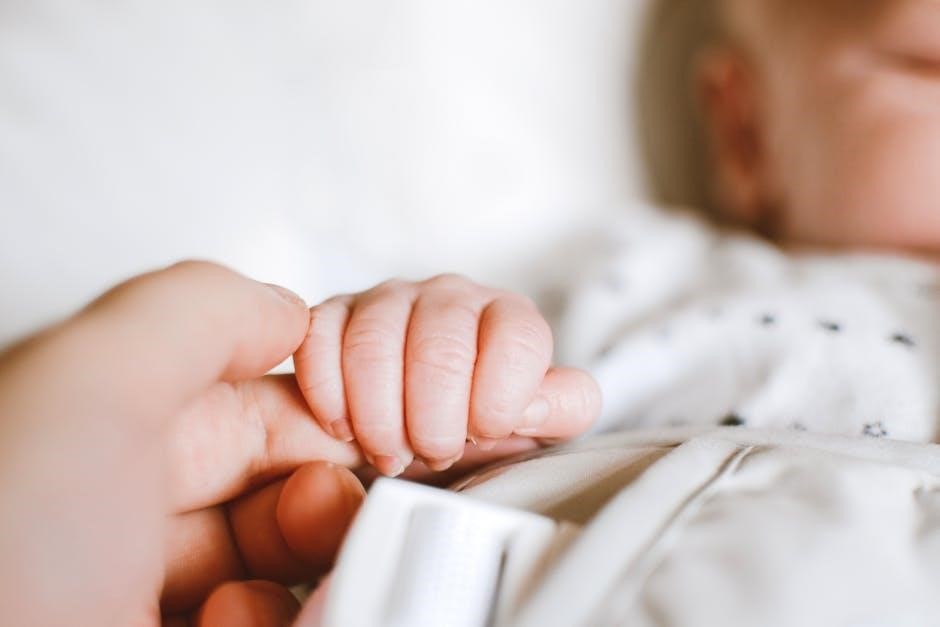
Advanced Phase: Sport-Specific Drills
The advanced phase incorporates sport-specific drills to mimic the athlete’s movements‚ such as pitching or throwing. Drills progress from controlled to dynamic environments‚ focusing on proper mechanics. Athletes engage in functional activities like catching‚ batting‚ or fielding. The emphasis is on maintaining pain-free performance while reintroducing game-like intensity. This phase ensures the athlete is prepared for the demands of their sport‚ with a focus on precision and endurance. Criteria for progression include consistent mechanics and pain-free participation.
Return-to-Sport Criteria and Progression
Athletes are cleared for return to sport when they demonstrate pain-free‚ full-strength performance in sport-specific drills. Progression begins with controlled throwing programs‚ advancing to bullpen sessions and live at-bats. Pitchers must exhibit proper mechanics and endurance during mound work. Position players are gradually reintegrated into game scenarios‚ ensuring they can perform without discomfort. Final clearance is based on consistent mechanics‚ pain-free participation‚ and the ability to handle sport demands effectively. This phase ensures a safe transition back to competitive play.
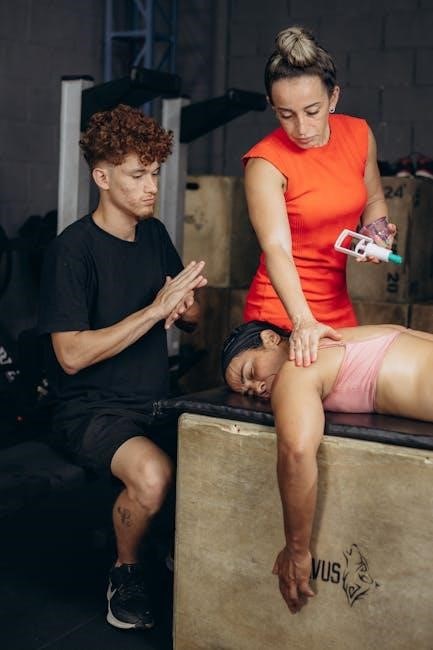
Prevention Strategies
Prevention of Little League Shoulder includes adhering to pitch count guidelines‚ ensuring proper throwing mechanics‚ and allowing adequate rest periods between games and practices.
Pitch Count Guidelines and Workload Management
Adhering to pitch count guidelines is crucial to prevent Little League Shoulder. For athletes aged 9-14‚ limiting pitches to 75 per game and 370 per season reduces injury risk. Ensuring adequate rest between games and avoiding year-round pitching helps prevent overuse. Coaches and parents should monitor workload closely‚ encouraging players to report pain early. Following guidelines like those from USA Baseball’s Pitch Smart program can significantly lower the risk of shoulder injuries in young athletes‚ promoting long-term health and performance.
Proper Throwing Mechanics and Coaching
Proper throwing mechanics are essential to prevent Little League Shoulder. Coaches should emphasize techniques that reduce shoulder stress‚ such as avoiding excessive forearm climb and maintaining proper arm angles. Teaching young athletes to avoid mechanical flaws can minimize injury risk. Additionally‚ educating players and coaches about pitch counts and rest periods helps prevent overuse. Correct throwing mechanics‚ combined with proper coaching‚ play a critical role in injury prevention and promoting long-term athletic health for young athletes.
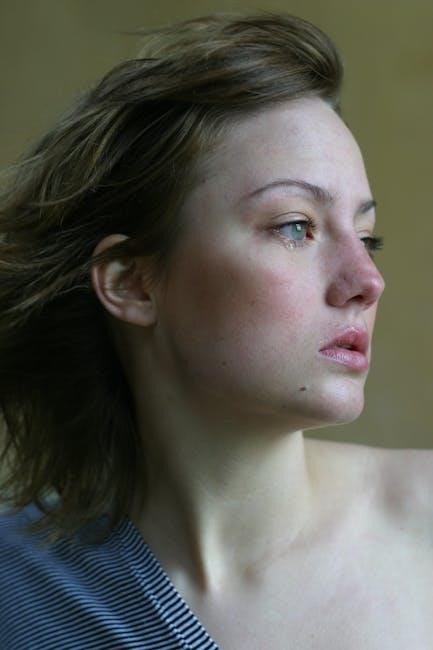
Physical Therapy Interventions
Physical therapy plays a vital role in addressing muscle weaknesses and improving range of motion in young athletes with Little League Shoulder‚ promoting recovery and preventing recurrence.
Role of PT in Recovery and Prevention
Physical therapists are crucial in guiding recovery from Little League Shoulder‚ focusing on strengthening shoulder muscles‚ improving range of motion‚ and addressing throwing mechanics. They design personalized exercise programs to restore function and prevent recurrence. PTs also educate athletes on proper warm-up routines and pitch limits‚ promoting long-term injury prevention. Their interventions aim to enhance overall shoulder stability and ensure a safe return to sports‚ reducing the risk of future overuse injuries.
Exercise Programs for Shoulder Stability
Exercise programs for Little League Shoulder focus on improving shoulder stability‚ strength‚ and range of motion. These typically include rotator cuff strengthening exercises‚ scapular stabilization drills‚ and gentle stretching to restore flexibility. The goal is to address muscle imbalances and enhance proprioception‚ reducing the risk of re-injury. Progression to sport-specific movements ensures a smooth transition back to throwing activities‚ with exercises tailored to the athlete’s recovery phase and functional needs.

Complications and Long-Term Considerations
Prolonged overuse can lead to growth plate damage or fractures‚ potentially affecting arm growth. Recurrence rates are high‚ emphasizing the need for strict adherence to rehab protocols.
Potential for Growth Plate Damage
Growth plate damage in Little League Shoulder can occur due to repetitive stress‚ leading to widening or fractures. If left untreated‚ it may result in permanent growth disturbances‚ affecting limb length and alignment. Early diagnosis and adherence to rehab protocols are crucial to prevent long-term complications‚ ensuring proper healing and avoiding potential deformities or functional limitations in the affected arm.
Recurrence Rates and Future Implications
Recurrence rates for Little League Shoulder are approximately 19%‚ highlighting the need for strict adherence to rehab protocols and activity modification. Future implications include potential long-term shoulder dysfunction if proper preventive measures are not taken. Athletes must prioritize maintaining strength‚ flexibility‚ and proper throwing mechanics to reduce recurrence risk and ensure optimal shoulder health for continued athletic participation without chronic issues.
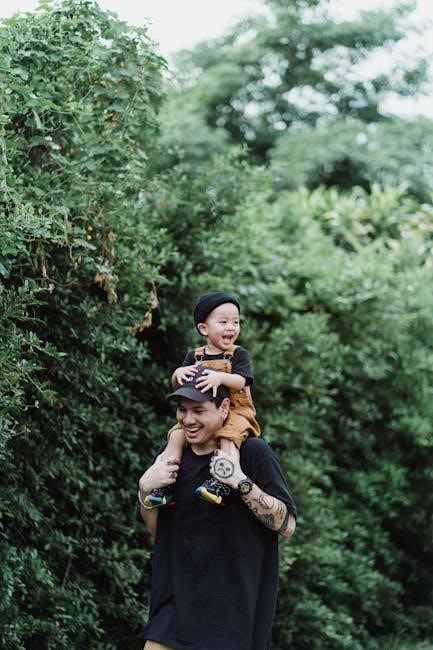
Rest and Activity Modification
Rest is crucial in the early stages‚ avoiding activities that cause pain. Athletes can continue non-throwing exercises to maintain fitness while allowing the shoulder to heal.
Immediate Post-Injury Management
Immediate management involves complete rest from throwing and painful activities. Ice and anti-inflammatory measures may reduce swelling. Athletes can participate in pain-free exercises‚ such as batting or base running‚ while avoiding overhead motions. Early physical therapy focuses on maintaining shoulder mobility and strength without aggravating symptoms. This phase aims to prevent further injury and promote healing of the growth plate‚ typically lasting 4-12 weeks. Strict adherence to activity modification is critical during this period.
Gradual Return to Activities
A gradual return to activities begins after symptoms resolve‚ typically following 4-12 weeks of rest. Athletes start with pain-free exercises and progress to light throwing or sport-specific drills. A structured throwing program‚ such as long toss‚ is introduced‚ with the duration matching the time away from throwing. Pitchers advance to bullpen sessions‚ while position players resume full game participation. Progression is guided by pain-free range of motion‚ strength‚ and plyometric ability‚ ensuring a safe transition back to competitive play.

